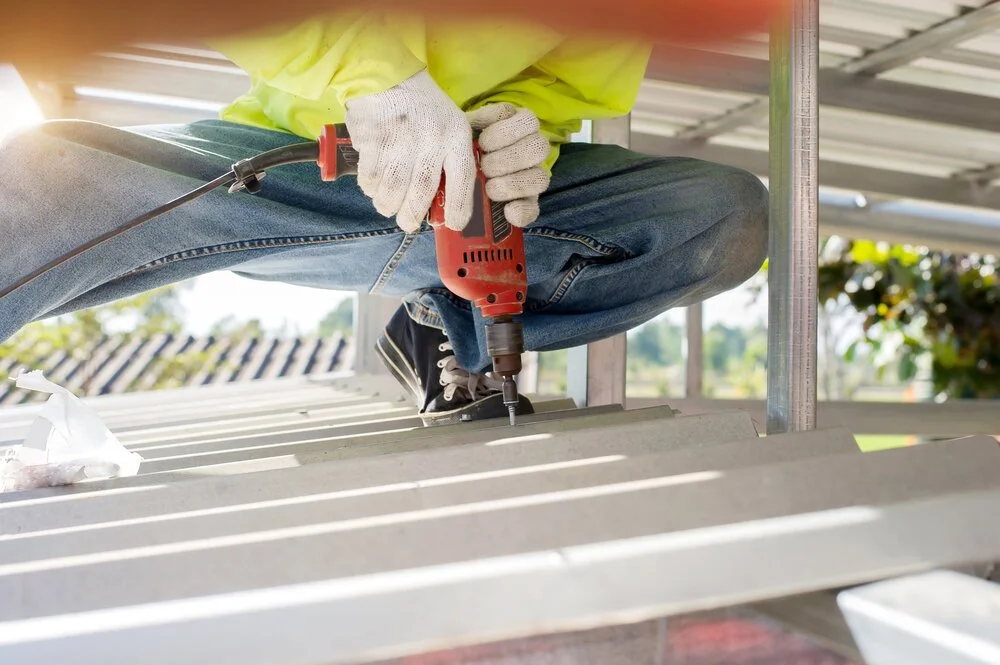Roof Damage Signs and Its Management
The cost of quality commercial roofing systems is staggering! The cost per square foot for a typical 20.000 square foot roof ranges from $3.50 to $7.50. That is, if you simply look at the roof of the building. If the decking needs to be replaced as well, expenses can reach $12 to $14 per square foot.
The last thing a building owner wants to hear about is roof damage after spending so much money to erect a roof over their property. A minimum of good condition is expected until it reaches its end of usable life.
Commercial roofing systems, on the other hand, do last a long period. Quality roofs can last 15 to 25 years, depending on the roofing material, the style of roof, the weather, and the skill of the roof installation. A roof's service life is largely determined by its maintenance, which is by far the most important element. Ask a roofing contractor to know the exact lifespan in details.
Roof Damage and Leaks: What to Expect?
After 15 years of neglect, a decent roof may need to be replaced. The same roof, on the other hand, if properly maintained, can last much longer than 30 years. Regular inspections are required by building owners to get the most out of it.
A roof leak in a commercial building is a major problem. As a result, businesses in the building may be at risk of product damage or termination of their activities. Due to the building's structural integrity being weakened, the owner is forced to consider replacing the roof, which will be extremely costly.
Due to the large stakes involved, commercial building investors are often extremely motivated to detect and repair roof damage as soon as possible. When it comes to roof damage, though, how can owners tell?
Roof Damage Causes
For starters, let's take a look at the probable sources of roof damage. It's because property owners shouldn't just sit around and wait for problems to emerge before taking action. These people should be aware of the likely sources of the damage and devise measures to monitor them. Why does a business building's roof get damaged?
It is important to note that a building's gutters move water away from it. Regular cleaning is required to keep them in working order. This will result in water entering the building because they will decay if left unattended.
Coatings on cladding sheets protect them from the weather, preventing cut-edge corrosion on exposed edges. While cutting the sheets during installation, be sure to recoat all of the exposed edges to prevent corrosion. This can cause a roof to leak over time.
Over time, roof lights become fragile and susceptible to harm. The roof can leak if they are not changed and are torn by the wind.
Snow and ice are particularly destructive to roofs because of their weight. Strong winds and hail are also a factor in causing damage.
As a roof ages, the cladding coating will fade and discolor, and the cladding panels may break and peel. Unaddressed issues might escalate and cause leaks.
There are signs of roof damage within the home
Leaks in a commercial building's roof are rarely seen. Not very often do water cascades inside of a structure occur due to leaks. Leaks are often so subtle that they go unnoticed for a lengthy period of time. Because of this, building owners must watch out for indirect evidence of roof deterioration. Inspection of the building for these symptoms on a regular basis is the best method to go about it
Yellow or brown discolorations on ceilings and walls are a sign of stained ceilings and walls. Some of them can be difficult to see depending on where they occur in the world. Particularly if the stain is in a dark corner of a poorly-lit or dark-painted room, this is true. Moreover, the location of the stains does not always correspond to the location of the leaks, since water tends to spread as it runs.
Water pooling is a more obvious symptom of a problem. Most often, a business building's roof has been damaged, as evidenced by water pooling on the ground. But the water doesn't always come from the leaky area of the roof. No matter how obvious it may be that there is roof damage, determining the specific spot still requires a thorough examination.
In the case of leaks that have been ongoing for some time, water might seep into the building's walls and floor, causing odors and mold. Because of this, mold is able to develop. Both the water and the mold are to blame for the resulting stink. Moisture intrusion is also indicated by mildew.
The ability of a building to retain heat in the winter or maintain cool in the summer will be compromised by holes in the roof. The water from a roof leak will seep into the walls and insulation. As a result, the building's insulation factor is further reduced, and its energy bill is increased.
Contact with Elliot Roofing in Oklahoma City to know about commercial roofing in a detailed version. Our roofing contractor makes sure that you do not miss any information.

